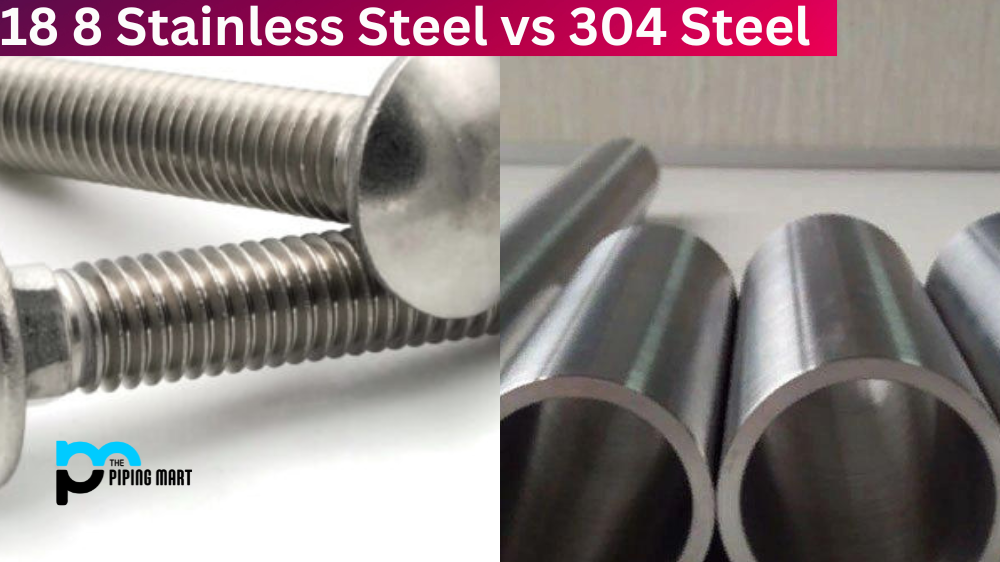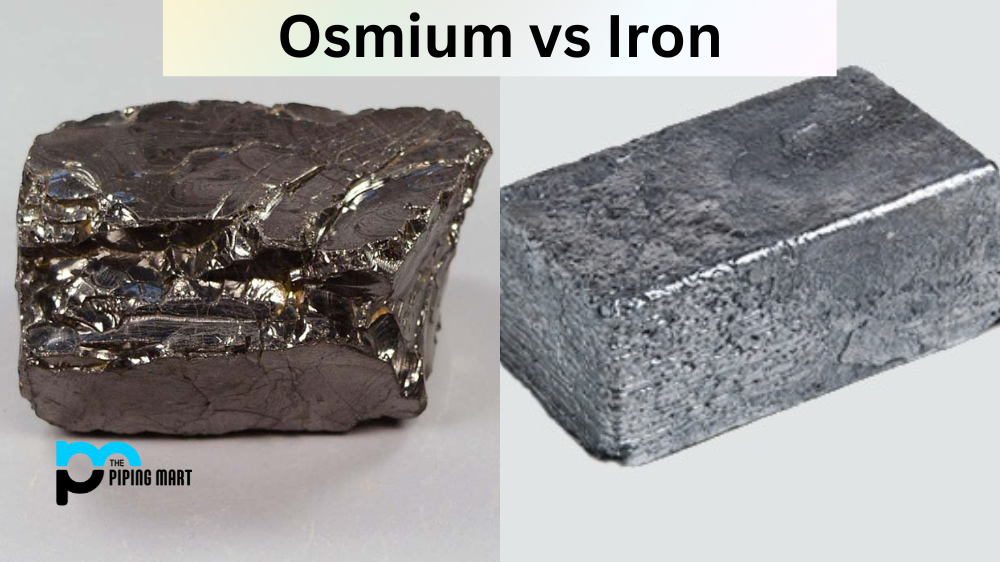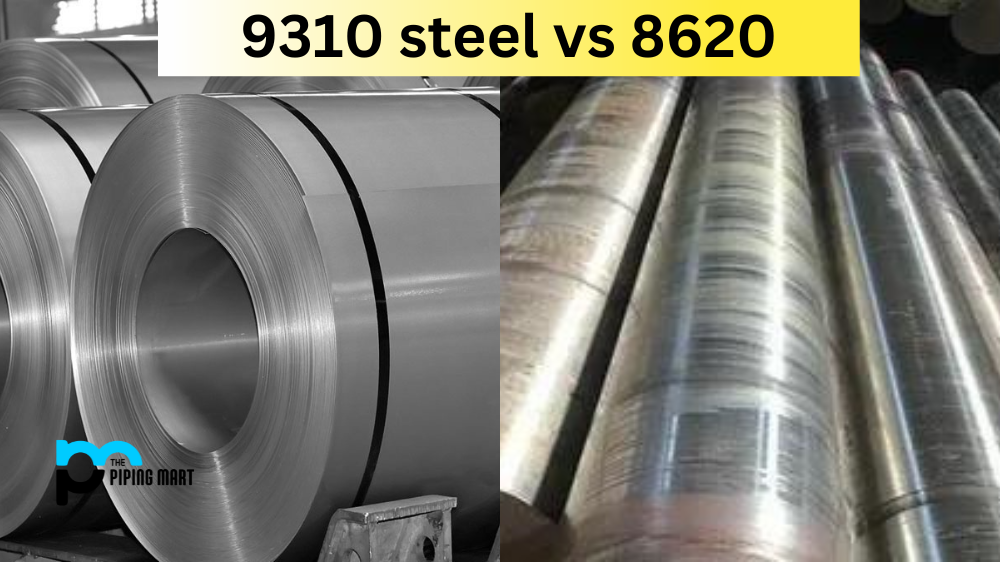Choosing between duplex stainless steel and 316L can be a tough decision. Both materials have many advantages, but it all comes down to the specific application and environment. In this article, we will explore the differences between these two popular grades of stainless steel to help you make an informed decision about which is best for your next project.
Difference Between Duplex Stainless Steel and 316L Stainless Steel
The main difference between these two grades of stainless steel lies in their composition. While both are austenitic steels, duplex stainless steel contains more chromium, molybdenum, and nitrogen than 316L. This makes it stronger and more corrosion-resistant at higher temperatures. Additionally, super duplex stainless steel has higher ductility than 316L, making it easier to form into complex shapes without cracking or tearing.
Strength and Durability
Regarding strength and durability, duplex stainless steel outperforms 316L in many ways. It is more resistant to corrosion from acids, salts, seawater, chlorine solutions, industrial waste products, oils, greases, and other harsh environments. Additionally, its increased strength makes it ideal for applications requiring high-stress levels, such as valves or pumps that must withstand repeated openings and closings over long periods without wearing out or cracking. Finally, its superior ductility allows parts with complex shapes to be formed without fear of failure due to excessive stress during operation.
Cost Considerations
Duplex stainless steel is typically more expensive than 316L due to its higher chromium content and improved performance characteristics in certain environments where corrosion resistance is critical. However, suppose you need superior strength or corrosion resistance in your application. In that case, the cost should not be considered since you will likely end up paying substantially more in replacement costs if the part fails due to inferior material selection.
Composition
Duplex stainless steel is a type of stainless steel that contains both austenitic and ferritic steel. The composition of duplex stainless steel is typically 50% austenitic and 50% ferritic, although other ratios are possible. Austenitic steel provides corrosion resistance, while ferritic steel provides strength.
Properties
The properties of duplex stainless steel depending on the composition of the steel. Typically, duplex stainless steels have higher strength and better corrosion resistance than austenitic or ferritic stainless steels. They also have good weldability and formability.
Applications
Duplex stainless steel is used in various applications, including pressure vessels, heat exchangers, pipelines, and storage tanks. They are also used in the food processing, chemical, and pharmaceutical industries.
Advantages
The main advantage of duplex stainless steel is its high strength and corrosion resistance. Additionally, duplex stainless steels are less likely to suffer from stress corrosion cracking than other stainless steels.
Disadvantages
The main disadvantage of duplex stainless steel is its cost. Duplex stainless steels are more expensive than austenitic or ferritic stainless steels. Additionally, they are less widely available than other types of stainless steel.
Comparison to 316L Stainless Steel
Duplex stainless steel is similar to 316L stainless steel in composition and properties. Both contain austenitic and ferritic steels and high strength and corrosion resistance. However, duplex stainless steel is more expensive than 316L stainless steel.
Conclusion
When selecting a grade of stainless steel for your next project, many factors should be considered, including cost-effectiveness versus strength/durability requirements, as well as how the material will perform under different environmental conditions over time. In terms of these criteria alone, duplex stainless steel outperforms standard 316L grade materials making it an ideal choice for projects that require superior strength or durability in demanding environments such as marine use or chemical processing plants where corrosion resistance is critical. Ultimately, it all depends on each application’s specific needs, so always research before making any final decisions!
Sakshee is a talented blogger, with a particular focus on the Business and Metal Industry. She is passionate about sharing her insights on various metal products and helping professionals to make a better decisions.




